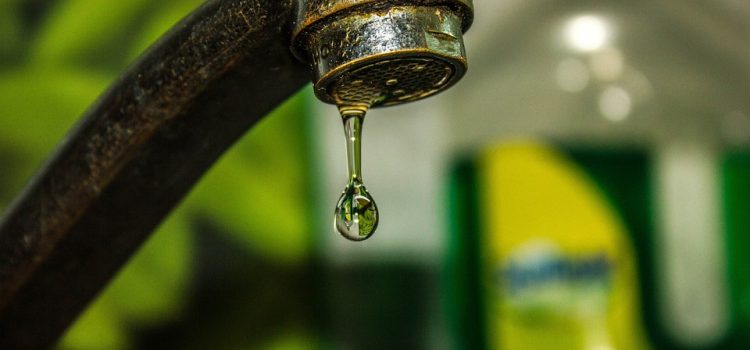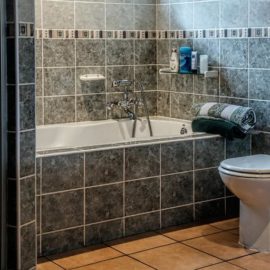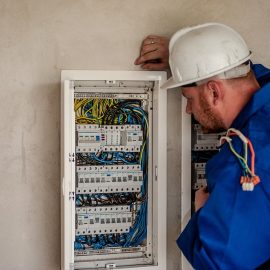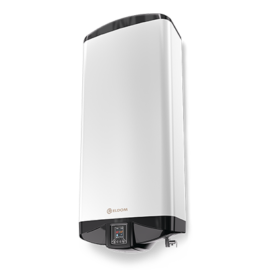
Among DIY enthusiasts, plumbing tinkering is a prevalent activity. Installing toilets, sinks, and showers are relatively easy to handle on your own, but things can go wrong quickly. What are the mistakes you definitely want to avoid?
1) Leaving Too Much Distance Between the Water Heater and the Water Supply
When you turn on the faucet, the wall-mounted gas boiler or water heater immediately starts supplying hot water. But at that moment there is still cooled water in the pipes. Therefore, the longer the pipes are, the more water has to be produced before hot water is available. That’s why keeping the distance between the water heater and the faucet as short as possible is essential.
Is the water heater located in the attic and the bathroom on the ground floor? If so, it will take longer to get hot water; if the distance between the two points is more than 10 meters, energy and water will be wasted.
Remember:
Install the water heater in the center of the house. It does not matter whether the water flows upward or downward. It does not affect the hot water. Pipe length, on the other hand, does.
Did you know that dishwashers make their own hot water? As a rule, hot water in the kitchen is rarely needed. Does it take too long to get hot water? Then 10-15 small electric boilers will bring you comfort.
2) Not Replacing Old Pipes
New heating and electrical systems are essential, but new pipes are an absolute must. It is normal to find old copper and iron pipes when major renovations are done, but these existing pipes are full of limescale and dirt. Replace them with flexible pipes where nothing sticks to them.
Don’t forget!
Are you installing a water softener? With old copper pipes, there is a risk that limescale will dissolve and cause leaks.
3) Not Using Rainwater Optimally
Are you planning to install a rainwater well? Then know that this idea will be highly beneficial in helping you save water. But many people still limit themselves to an outside tap connection. Moreover, rainwater can be used for many more purposes.
Remember:
Many intermediate stations are still needed to carry rainwater to the appropriate water supply point.
Pumps: aboveground or underground? You don’t have to worry about noise if the pumps are installed correctly. The pump will only operate when water is demanded.
There is also the option of installing a submersible pump in the well itself. However, be aware that they are expensive, and the submersible ones do not last as long as the drywall equipment.
Filters: Sand dust filters and activated carbon filters are essential. The latter makes the water odorless and colorless.
Automatic switching to drinking water when the well is empty: Automatic switching is often practical when the well is small and must be refilled with water. Manually, a garden hose or filling system can be substituted.
Important: Rainwater and city water must be strictly separated.

4) Too Little Water Flow
Like the kitchen, today’s bathroom is more than just a functional space. We want more and more comfort in our bathrooms. The water heater must be able to handle the required flow rate.
Want a big shower with five nozzles and a big bathroom? Then make the right arrangements. You don’t want the water to come out as a little drizzle.
If you have two bathrooms, it is even more important to estimate the flow rate correctly. A normal wall-mounted gas boiler cannot supply hot water to two showers at the same time and for a sufficient amount of time. Then you should choose a model with a heavier head. Most brands are now moving in this direction. They have lower heating capacity, better insulation, and slightly higher hot water heating capacity.
Let us know if these few tips have helped you in the comments below!



